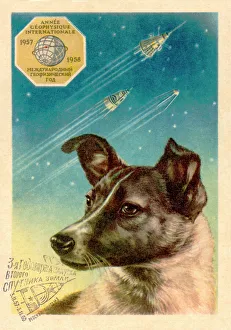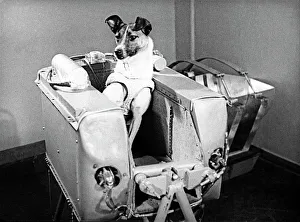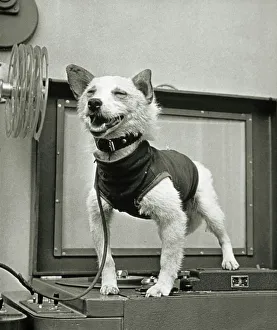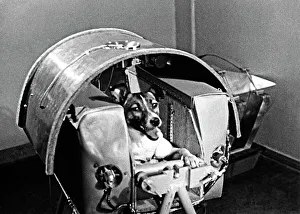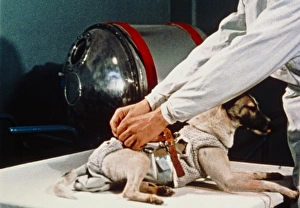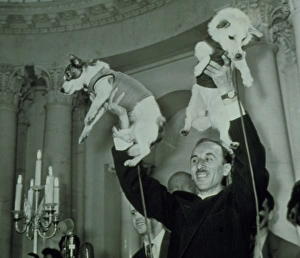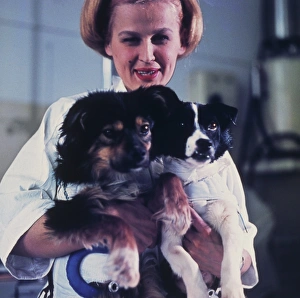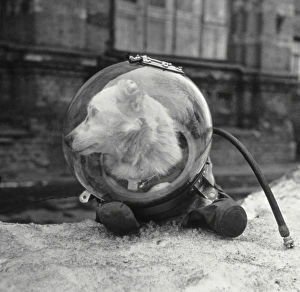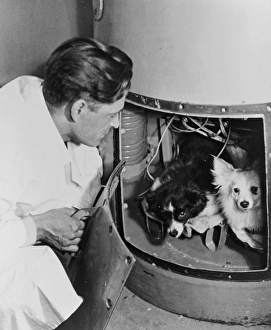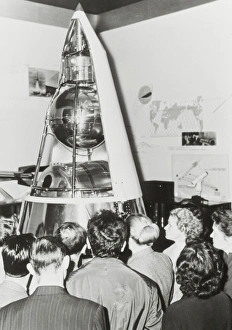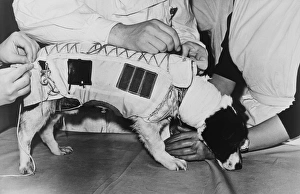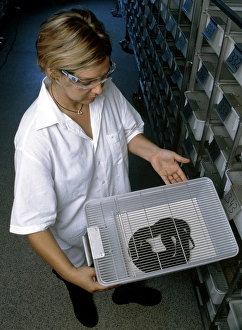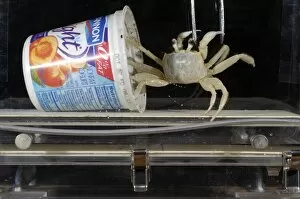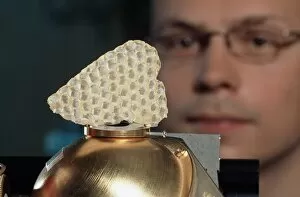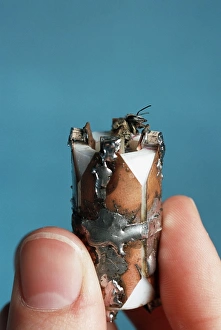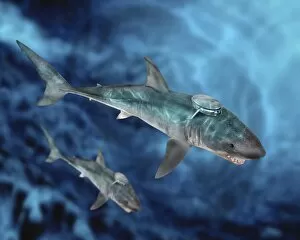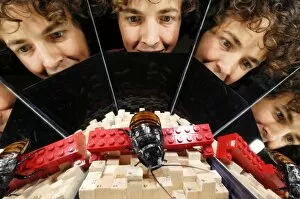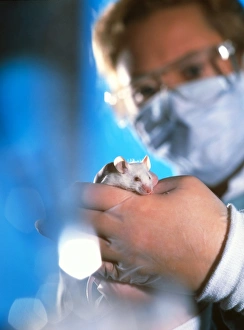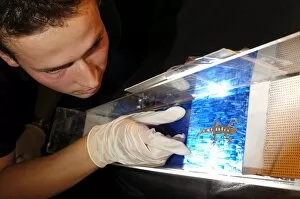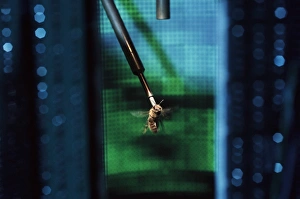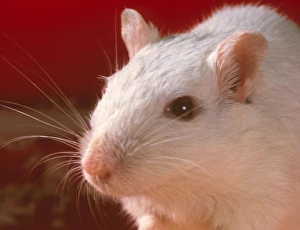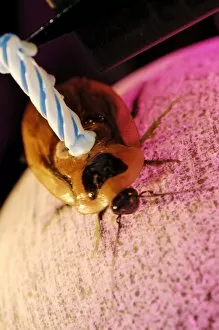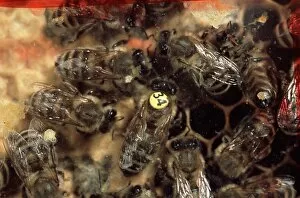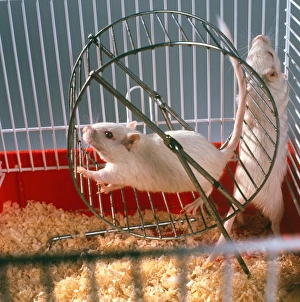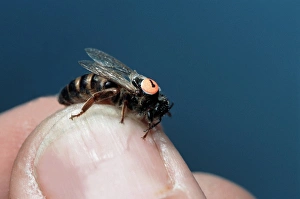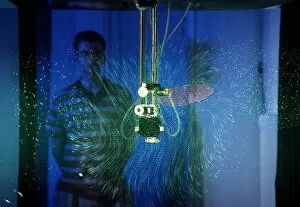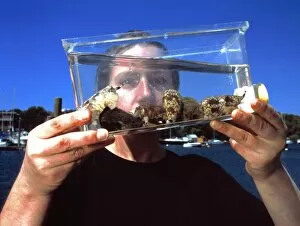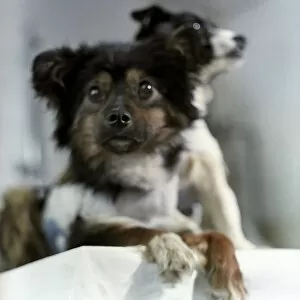Animal Experiment Collection
"Remembering the Pioneers
All Professionally Made to Order for Quick Shipping
"Remembering the Pioneers: Animal Experimentation in Space 🚀🐾" 1️⃣ Laika the space dog postcard takes us back to a historic moment when animals paved the way for human space exploration. 2️⃣ Laika, the brave Soviet space dog, captured our hearts as she became the first animal to venture into outer space. Her legacy lives on. 3️⃣ Belka, another remarkable Soviet space dog, poses proudly after completing her mission. These furry heroes pushed boundaries and expanded our knowledge of space travel. 4️⃣ First animal in space: Laika's journey symbolizes mankind's relentless pursuit of scientific progress and exploration beyond Earth's atmosphere. 5️⃣ Chernushka, yet another courageous Soviet space dog who contributed immensely to our understanding of outer-space conditions. Their contributions are immeasurable. 6️⃣ Pasteur's rabies vaccine research from the 1880s laid the foundation for future experiments involving animals. This breakthrough saved countless lives worldwide. 7️⃣ Second animals in space: The Soviet Union continued their groundbreaking work by sending more brave dogs into orbit. They were true pioneers of interstellar exploration. 8️⃣ A technician carefully cradles two Soviet space dogs, showcasing humanity's dedication towards ensuring these incredible creatures' safety during their missions. 9️⃣ Belka dressed in a spacesuit reminds us that even though they were "just" animals, their contributions were invaluable to advancing our knowledge of outer-space environments. 🔟 Space dogs like Laika and many others played an integral role in shaping modern-day astronautics. Let us honor their sacrifice and remember them as true trailblazers.

